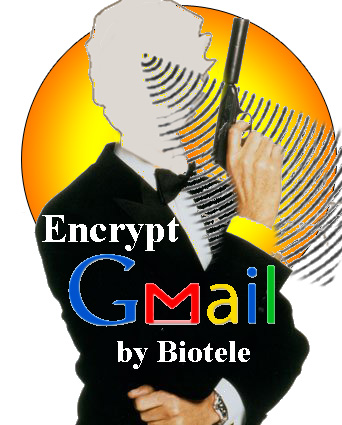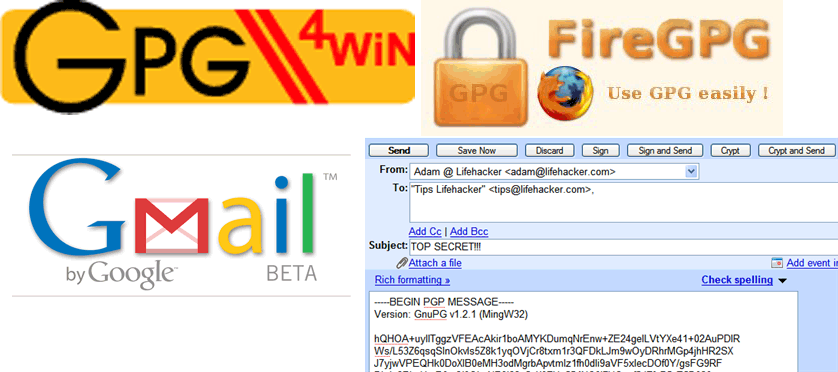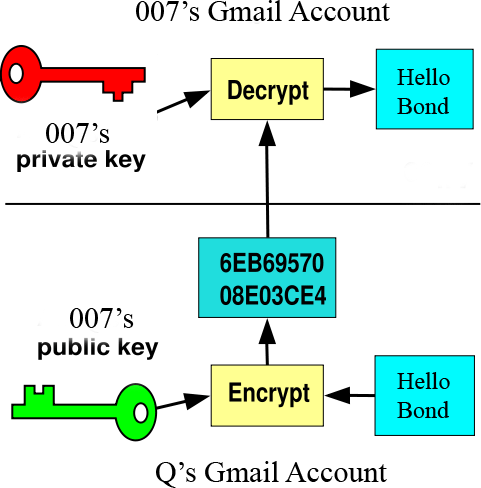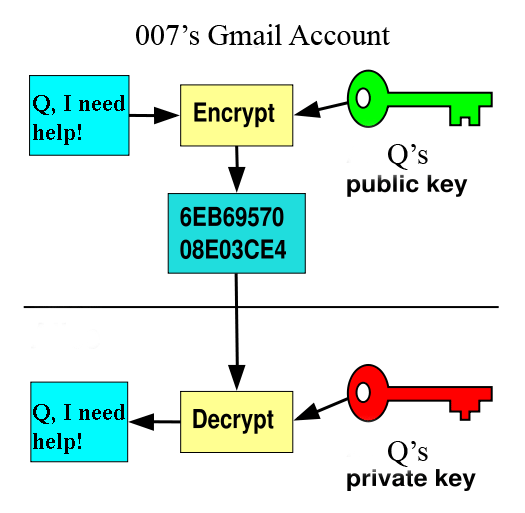Super Easy E-mail Encryption Using Gmail, Firefox and Windows
by Biotele in Design > Websites
38796 Views, 26 Favorites, 0 Comments
Super Easy E-mail Encryption Using Gmail, Firefox and Windows

This is an instructable with a video tutorial that teaches how to install GPG4win and FireGPG on your computer in order to send and receive encrypted e-mail through Gmail.
I made this tutorial to teach friends and colleagues how to setup their Gmail for encryption.
Encryption is very important because e-mails are very unsecure. An e-mail is equivalent to a postcard, ANYBODY CAN READ IT.
So if you want to send personal and private information, you better encrypt.
By the way, you need windows in order to run the programs mentioned here, if you have a mac then go to this instructable.
I made this tutorial to teach friends and colleagues how to setup their Gmail for encryption.
Encryption is very important because e-mails are very unsecure. An e-mail is equivalent to a postcard, ANYBODY CAN READ IT.
So if you want to send personal and private information, you better encrypt.
By the way, you need windows in order to run the programs mentioned here, if you have a mac then go to this instructable.
The Programs Needed

How Encryption Works

Encryption is really very simple, but many people try to make it sound complicated.
Every person have a pair of keys.
Each key is a number that fits in an equation.
One key is shared with everyone, and is called the "public key".
One key is private and you hide it on your computer or on you flash disk and this is called a "private key".
The e-mail cannot be opened without using both keys.
The person sending you an encrypt e-mail must know your public key in order to encrypt it. The e-mail cannot be opened except with your private key which you only have.
Every person have a pair of keys.
Each key is a number that fits in an equation.
One key is shared with everyone, and is called the "public key".
One key is private and you hide it on your computer or on you flash disk and this is called a "private key".
The e-mail cannot be opened without using both keys.
The person sending you an encrypt e-mail must know your public key in order to encrypt it. The e-mail cannot be opened except with your private key which you only have.
Sending Encrypted E-mail

If Bond wants to send Q an encrypted message he needs Q's public key.
There are three ways for Bond o get Q's public key:
1. Q can give his public key to Bond physically, like, say, on a flash disk or some other physical media. This the safest most secure method of communication. Because anybody that tries to decrypt need to know the two keys.
2. Q can e-mail his public key to bond. This is slightly less secure.
3.Q can post his public key on a server, like a keyserver or his website or even Instructables. Now one key is known to the public but the other key is unkown. This exactly half as secure as method 1.
I will post Q's public key here. It also available on the keyserver http://subkeys.pgp.net.
Q's e-mail is quartermaster007@gmail.com.
You can send me encrypted messages as practice.
There are three ways for Bond o get Q's public key:
1. Q can give his public key to Bond physically, like, say, on a flash disk or some other physical media. This the safest most secure method of communication. Because anybody that tries to decrypt need to know the two keys.
2. Q can e-mail his public key to bond. This is slightly less secure.
3.Q can post his public key on a server, like a keyserver or his website or even Instructables. Now one key is known to the public but the other key is unkown. This exactly half as secure as method 1.
I will post Q's public key here. It also available on the keyserver http://subkeys.pgp.net.
Q's e-mail is quartermaster007@gmail.com.
You can send me encrypted messages as practice.